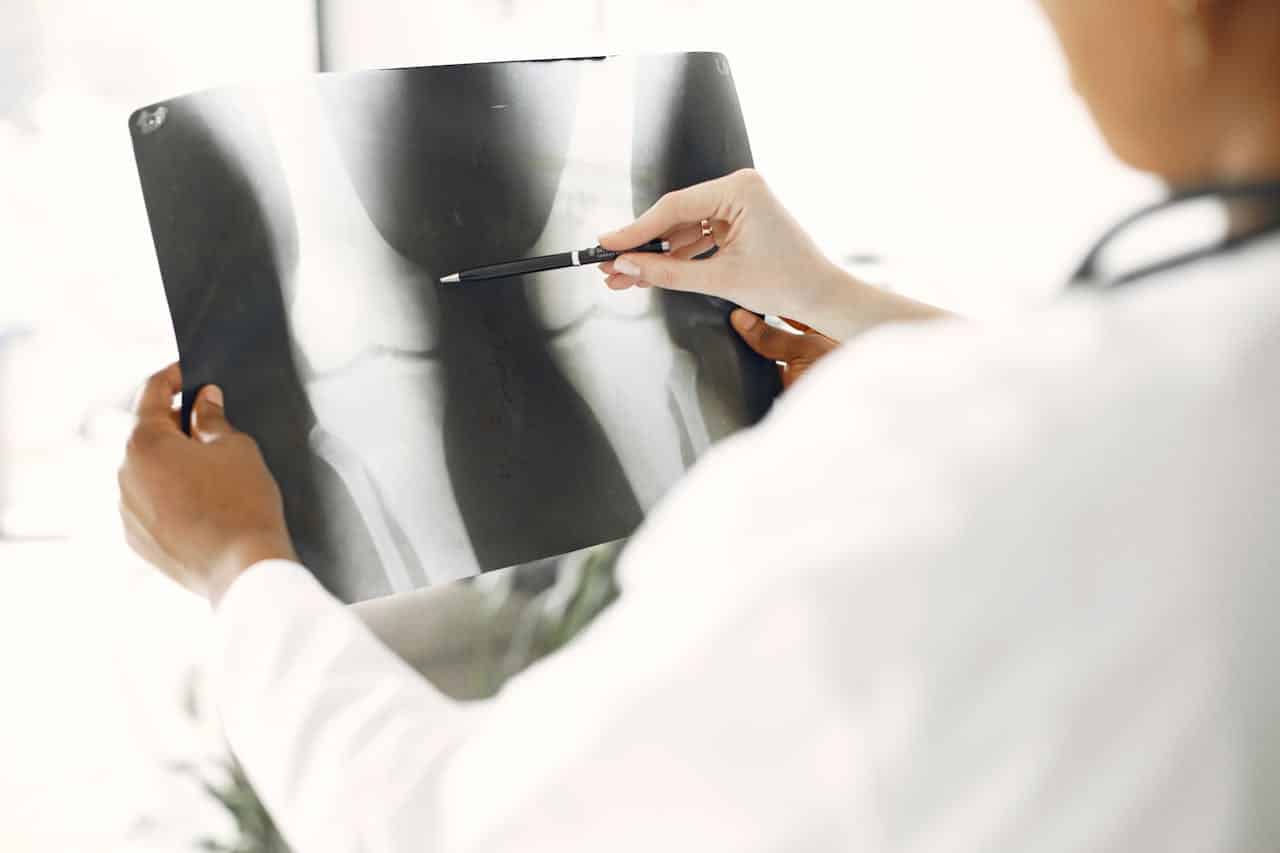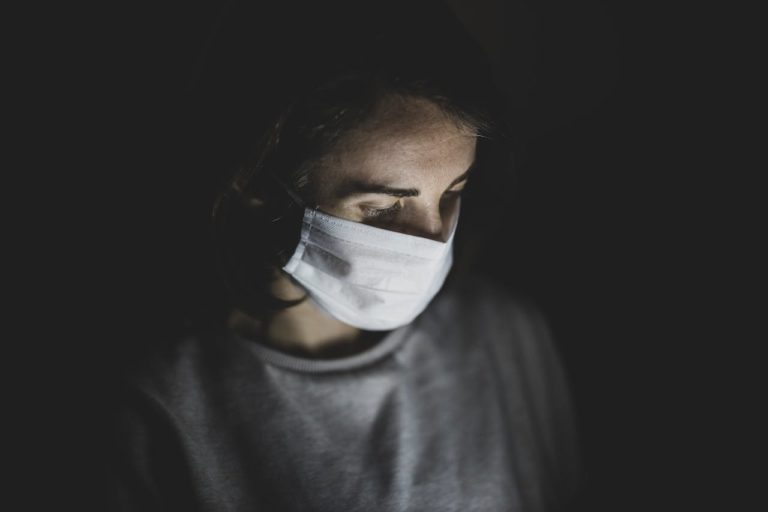Imagine walking into a doctor’s office with a bone defect and walking out with a simple injection that could regrow your damaged bone tissue without any surgery, bone grafts, or lengthy recovery periods. While this sounds like science fiction, researchers in South Korea have developed exactly that—a revolutionary injectable gel that uses nothing more than harmless visible light to trigger bone regeneration and healing.
Scientists Create Injectable Bone-Growing Magic
Researchers at Pohang University of Science & Technology (POSTECH) have developed an injectable hydrogel that can regenerate damaged bones using a completely different approach than traditional treatments. Instead of cutting patients open and placing bone grafts, doctors could soon inject this gel directly into bone defects where it hardens and starts growing new bone tissue.
Professor Hyung Joon Cha and his team created this hydrogel using natural materials, including alginate (derived from brown seaweed), mussel adhesive proteins, calcium ions, and special light-activated compounds. When injected into bone defects, the gel maintains its shape and position without dissolving or dispersing in body fluids.
What makes this technology revolutionary is its dual-action system. Upon exposure to harmless visible light, two processes happen simultaneously: the gel crosslinks and hardens into a stable structure while also forming amorphous calcium phosphate. The same mineral building blocks make up natural bone tissue.
Animal testing in rats with femoral bone defects showed that the gel successfully adhered to bone surfaces, maintained its position, and delivered essential components for bone regeneration without requiring any additional bone grafts or surgical procedures.
Visible Light Triggers Bone Building Inside Your Body
The breakthrough lies in how this gel responds to visible light exposure. Unlike previous bone repair technologies that required separate materials and multiple procedures, this system accomplishes everything with a single injection and brief light treatment.
When doctors shine harmless visible light on the injection site, photoreactive compounds in the gel activate two simultaneous processes. First, crosslinking occurs where the main gel components bond together and harden into a stable structure that won’t wash away in body fluids.
Second, mineralization begins where calcium and phosphate ions form amorphous calcium phosphate crystals throughout the gel matrix. These crystals serve as scaffolding that guides new bone cell growth and provides the mineral foundation for strong, healthy bone tissue.
The visible light used is completely safe for human tissues and doesn’t cause the thermal damage associated with some older light-based medical treatments. The light can be applied externally through skin for shallow defects or delivered internally through fiber optic devices for deeper bone injuries.
Current Bone Treatments Have Serious Problems
Traditional bone repair methods face numerous challenges that this new gel technology could solve. Bone grafts require harvesting healthy bone from elsewhere in the patient’s body or using donor tissue, both approaches that carry risks of infection, rejection, and additional surgical trauma.
Existing injectable bone repair materials often have significant limitations. Poly(methyl methacrylate) cement generates dangerous heat during setting that can damage surrounding tissues. Calcium phosphate cements take too long to set, don’t break down naturally in the body, and often have unpredictable mechanical properties.
Current injectable hydrogels frequently lose their shape and disperse in body fluids before they can harden properly. Many also lack the adhesive strength needed to stay in place long enough for bone healing to occur, especially in weight-bearing areas.
Separate bone grafts and adhesive materials require complex surgical procedures where surgeons must precisely place multiple components while trying to achieve both bone regeneration and structural stability. This complexity increases surgery time, infection risks, and recovery periods.
The Gel Mimics Natural Bone Building Processes
The hydrogel’s design closely mimics how bones naturally grow and repair themselves. Natural bone consists of a protein matrix filled with calcium phosphate minerals, precisely what this gel creates when activated by visible light.
The alginate component provides a flexible, biocompatible framework similar to the protein matrix in natural bone. RGD peptides (arginine-glycine-aspartic acid sequences) embedded in the gel promote cell attachment and encourage bone-forming cells to migrate into the healing area.
Mussel adhesive proteins give the gel superior underwater adhesion properties, allowing it to stick firmly to wet bone surfaces inside the body. This biological inspiration comes from how mussels attach to rocks underwater, providing a solution to one of medicine’s biggest challenges.
The amorphous calcium phosphate formed during light activation offers advantages over crystalline alternatives. Unlike rigid hydroxyapatite, amorphous calcium phosphate dissolves more readily and provides a better substrate for new bone cell growth and integration.
Injection Makes Treatment Simple and Fast
The injectable nature of this technology transforms bone repair from major surgery into a minimally invasive outpatient procedure. Doctors could treat bone defects with nothing more than a syringe injection and brief light exposure.
The gel remains liquid during injection, allowing it to flow into irregular defect shapes and fill spaces that would be impossible to reach with solid bone grafts. Once in position, the gel conforms perfectly to the defect geometry before hardening into a custom-fitted repair.
The coacervate-based formulation ensures the gel doesn’t dissolve or disperse in body fluids before crosslinking occurs. This water-immiscible property prevents premature gel failure that plagued earlier injectable bone repair attempts.
Treatment could be completed in a single doctor’s visit rather than requiring hospitalization, multiple surgeries, and extended recovery periods associated with traditional bone grafts and surgical repairs.
Avoiding Surgery Means Faster Recovery
Eliminating the need for surgical bone harvesting removes a major source of patient complications and discomfort. Traditional bone grafts require creating additional injury sites to harvest healthy bone, essentially causing controlled damage to fix existing problems.
Without surgical incisions, patients avoid risks of infection, blood loss, anesthesia complications, and surgical scarring. The injection site requires only a small needle puncture that heals quickly without significant tissue trauma.
Recovery times could be dramatically reduced since patients wouldn’t need healing time for surgical sites in addition to the original bone injury. Faster return to normal activities means better quality of life and reduced healthcare costs.
The gel’s ability to provide both structural support and biological healing signals in one treatment eliminates the need for multiple procedures or staged treatments that often characterize complex bone repairs.
This Could Fix Way More Than Just Broken Bones
While current testing focuses on bone defects, this technology could address a wide range of orthopedic conditions. Dental applications include treating bone loss around teeth or filling extraction sites to prevent jaw bone deterioration.
Sports medicine could benefit enormously from quick, non-surgical repair of stress fractures, small bone chips, or other injuries that currently require lengthy recovery periods. Athletes return to competition much faster with gel-based repairs.
Age-related bone problems like osteoporotic fractures could be treated with preventive gel injections that strengthen weakened bone areas before they break. Early intervention might prevent many fractures from occurring.
Reconstructive surgery applications might include repairing congenital disabilities, trauma injuries, or cancer-related bone removal, where traditional grafts currently provide the only treatment options.
The Technology Still Needs Human Testing
While animal studies show promising results, human clinical trials will be necessary to prove safety and effectiveness in people. The gel’s behavior in human bone healing may differ from that of rat models used in initial testing.
Long-term safety studies must confirm that the gel materials don’t cause harmful reactions, cancer, or other delayed complications. The visible light exposure protocols need optimization for human skin thickness and bone depth variations.
Manufacturing scale-up will be required to produce pharmaceutical-grade gel components with consistent quality and sterility. Regulatory approval processes typically take several years, even for breakthrough technologies.
Cost-effectiveness analysis will determine whether gel-based treatments provide economic advantages over current surgical approaches when considering all direct and indirect healthcare costs.
What This Means for Patients
If successful in human trials, this technology could make bone repair accessible to many patients who currently aren’t good candidates for surgery due to age, health conditions, or other risk factors.
Reduced treatment complexity might make bone repair available in smaller medical facilities that lack the surgical infrastructure required for current grafting procedures. Rural and underserved communities could benefit from improved access to bone repair treatments.
The minimally invasive nature could make treatments more acceptable to patients who avoid necessary bone repairs due to fear of surgery or lengthy recovery periods. Earlier intervention might prevent minor problems from becoming significant disabilities.
Improved outcomes with fewer complications could help more people maintain active lifestyles longer, reducing the personal and societal costs of bone-related disabilities.
My Personal RX on Regenerative Medicine and Bone Health
As a physician who has witnessed the limitations of current bone repair methods and the suffering they can cause patients, I find this injectable gel technology incredibly promising for revolutionizing orthopedic care. While we await human trials, this research reminds us that supporting our body’s natural healing processes through proper nutrition, exercise, and lifestyle choices provides the foundation for any future regenerative treatments to work effectively. Whether or not this specific technology proves successful, the principles behind it—working with natural healing mechanisms rather than against them—represent the future of medicine. Patients can prepare for these advances by maintaining strong bones and overall health that will optimize outcomes from whatever breakthrough treatments become available.
- Support natural bone healing through optimal nutrition: Consume adequate calcium, vitamin D, magnesium, and protein that provide the building blocks your body needs for bone repair and regeneration.
- Maintain bone density through regular weight-bearing exercise: Engage in activities like walking, resistance training, or dancing that stimulate bone formation and maintain the mechanical strength needed for healing.
- Address underlying health conditions that affect bone healing: Manage diabetes, autoimmune conditions, and hormone imbalances that can interfere with natural bone repair processes and regenerative treatments.
- Optimize gut health for nutrient absorption: Use MindBiotic supplements containing probiotics that support the digestive processes necessary for absorbing bone-building nutrients from your diet.
- Prepare anti-inflammatory meals that support healing: Cook recipes from Mindful Meals cookbook that provide antioxidants and omega-3 fatty acids that reduce inflammation and create optimal conditions for bone regeneration.
- Avoid habits that impair bone healing: Eliminate smoking, limit alcohol consumption, and reduce excessive caffeine intake that can interfere with bone formation and healing processes.
- Stay informed about regenerative medicine advances: Follow reputable medical sources for updates on new bone repair technologies while maintaining realistic expectations about timelines for human availability.
- Build relationships with progressive healthcare providers: Seek orthopedic specialists who stay current with emerging treatments and may have access to clinical trials for new regenerative therapies.
- Practice injury prevention to protect existing bone health: Use proper safety equipment, maintain good balance and coordination, and create safe home environments that reduce fracture risks.
- Consider genetic and family history factors in bone health planning: Discuss inherited bone conditions with healthcare providers to develop personalized prevention strategies that might optimize outcomes from future treatments.
Source:
Yun, J., Woo, H. T., Lee, S., & Cha, H. J. (2024b). Visible light-induced simultaneous bioactive amorphous calcium phosphate mineralization and in situ crosslinking of coacervate-based injectable underwater adhesive hydrogels for enhanced bone regeneration. Biomaterials, 315, 122948. https://doi.org/10.1016/j.biomaterials.2024.122948











 Subscribe to Ask Dr. Nandi YouTube Channel
Subscribe to Ask Dr. Nandi YouTube Channel










